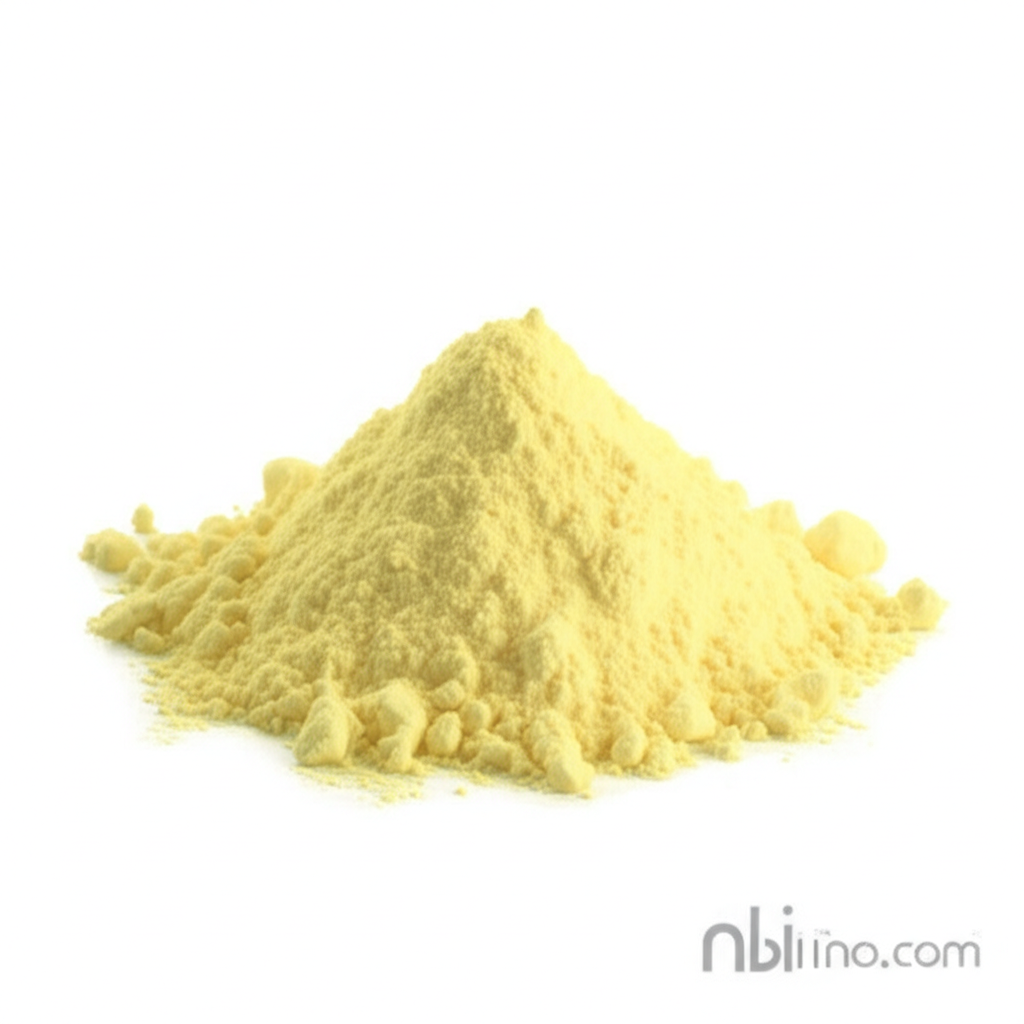Thiabendazole CAS 148-79-8: A Versatile Compound for Protection and Remediation
Discover the multifaceted nature of Thiabendazole, a key chemical with applications ranging from safeguarding crops to pioneering environmental cleanup technologies. Explore its properties, uses, and the latest advancements in its degradation.
Get a Quote & SampleProduct Core Value

Thiabendazole
As a leading supplier in China, we provide high-quality Thiabendazole (CAS 148-79-8), a compound recognized for its robust fungicidal, antiparasitic, and preservative properties. Its versatility makes it invaluable across various sectors, from agriculture to specialized industrial applications. Our commitment as a manufacturer in China ensures reliable supply and consistent quality for your needs.
- Understanding the environmental degradation of Thiabendazole is crucial for sustainable water treatment strategies. Our research highlights effective photo-assisted iron-based processes that efficiently break down this compound.
- The agricultural sector widely benefits from Thiabendazole fungicide efficacy, protecting crops from fungal diseases. We offer this vital chemical to ensure crop health and yield.
- Exploring Thiabendazole synthesis pathways reveals the chemical ingenuity behind its production. As a trusted manufacturer, we employ advanced synthesis techniques to deliver a premium product.
- The broad utility of Thiabendazole, from its preservative roles to its complex environmental fate, makes it a compound of significant interest. We are dedicated to providing comprehensive information and support.
Advantages and Applications
Preservation and Crop Protection
Thiabendazole CAS 148-79-8 offers excellent preservation capabilities for fruits and vegetables, preventing mold and blight, thereby extending shelf life and reducing waste. Its role in agricultural applications is fundamental for achieving optimal crop yields.
Environmental Remediation
Research into the environmental degradation of Thiabendazole showcases its breakdown through advanced oxidation processes, such as photo-assisted iron-based treatments. This is vital for effective water treatment and contaminant removal.
Versatile Chemical Intermediate
Beyond its direct applications, Thiabendazole serves as a foundational component for synthesizing various derivatives with distinct pharmacological and industrial uses, underscoring its importance in fine chemical manufacturing.
Key Applications
Agricultural Fungicide
Protecting crops from fungal diseases is a primary use, ensuring better yields and quality. Understanding Thiabendazole fungicide efficacy is key for modern farming practices.
Food Preservation
Used as a preservative for certain fruits and vegetables to prevent spoilage, contributing to food safety and reducing post-harvest losses.
Water Treatment Agent
Studied for its removal from wastewater using advanced oxidation processes, contributing to environmental protection and cleaner water resources.
Pharmaceutical Research
Investigated for antiparasitic and antifungal treatments in both humans and animals, as well as potential roles in novel cancer therapies and angiogenesis inhibition.
